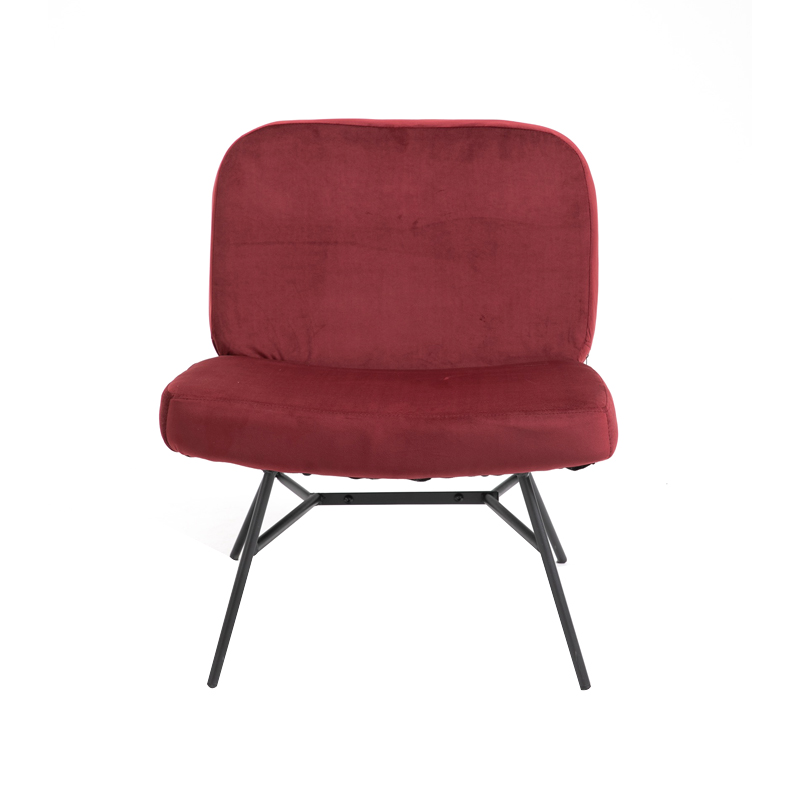When selecting furniture, especially for environments prone to moisture or wear, the resilience of materials becomes paramount. A frequently asked question regarding steel leg barstool is whether they are equipped with rust or corrosion protection—a crucial factor in their durability and performance over time.
Understanding the Nature of Steel
Steel, known for its strength and versatility, is not inherently resistant to the forces of nature. In its raw form, it is highly susceptible to rust when exposed to air and moisture. Rust—a form of iron oxide—not only compromises the aesthetic appeal of steel furniture but also significantly diminishes its structural integrity. To counteract this vulnerability, manufacturers employ various protective measures to enhance the lifespan and functionality of steel furniture.
Common Methods of Rust and Corrosion Protection
Galvanization:
One of the most effective methods to shield steel is galvanization, a process that coats the metal with a layer of zinc. Zinc acts as a sacrificial barrier, corroding in place of the steel beneath it. This technique is widely used for barstools intended for outdoor or high-humidity environments.
Powder Coating:
Powder coating involves applying a dry powder, typically polyester or epoxy, which is then cured under heat. This results in a smooth, durable finish that provides both aesthetic appeal and protection against corrosion. Powder-coated steel barstools are a popular choice for both indoor and outdoor settings.
Stainless Steel:
For a more permanent solution, stainless steel—an alloy containing chromium—is inherently resistant to rust. While it may come at a higher price point, stainless steel barstools offer unparalleled longevity and require minimal maintenance.
Anti-Corrosion Treatments:
Additional protective treatments, such as rust inhibitors and sealants, are sometimes applied during manufacturing. These treatments create a protective layer that repels moisture and other corrosive elements.
Factors to Consider When Purchasing a Steel Leg Barstool
-5.jpg)
Intended Environment:
If the barstool will be used outdoors or in areas with high humidity, opt for models with galvanization or powder coating. Stainless steel is ideal for regions with extreme weather conditions.
Maintenance Requirements:
Some protective coatings require periodic upkeep to maintain their efficacy. For instance, powder-coated finishes may need occasional touch-ups, while galvanized steel requires minimal maintenance.
Aesthetic Preferences:
The type of protective finish can influence the stool's appearance. Powder coating offers a variety of color options, while stainless steel provides a sleek, modern look.
Budget Constraints:
While stainless steel barstools offer superior resistance, they are often more expensive. For budget-conscious buyers, galvanized or powder-coated options provide a balance between cost and durability.
The longevity and functionality of steel leg barstools depend heavily on the protective measures applied during their manufacture. By understanding the various methods of rust and corrosion protection, buyers can make informed decisions that align with their needs and preferences. Whether you prioritize aesthetics, durability, or maintenance, there is a solution designed to meet your specific requirements. Investing in a barstool with proper protection ensures not only a longer lifespan but also peace of mind in your purchase.
 English
English Español
Español
-5.jpg)
.jpg)
.jpg)
-1.jpg)
.jpg)

-gh2a1712.jpg)

